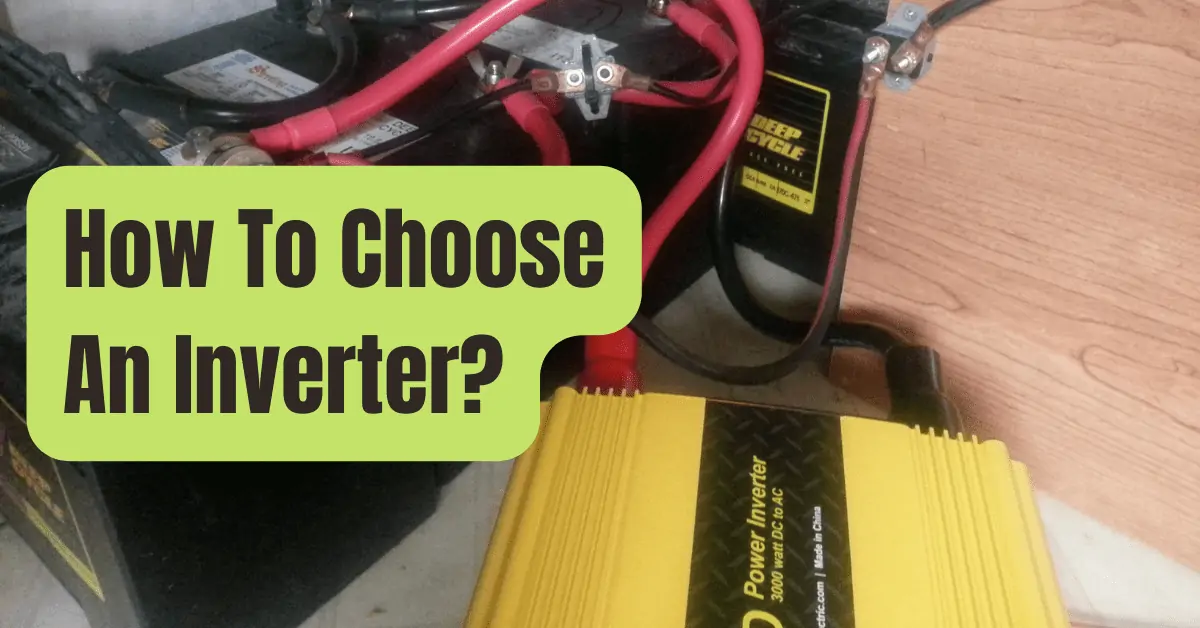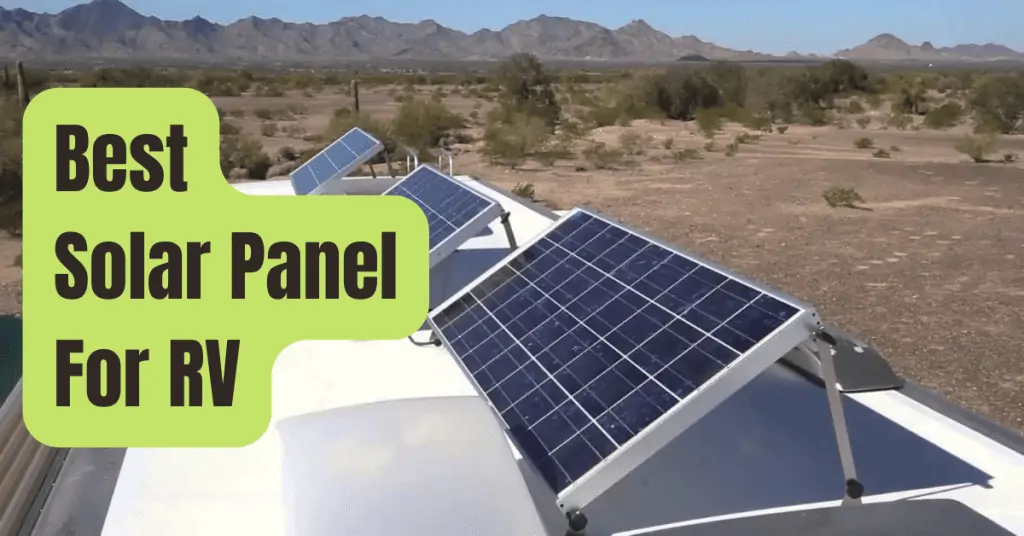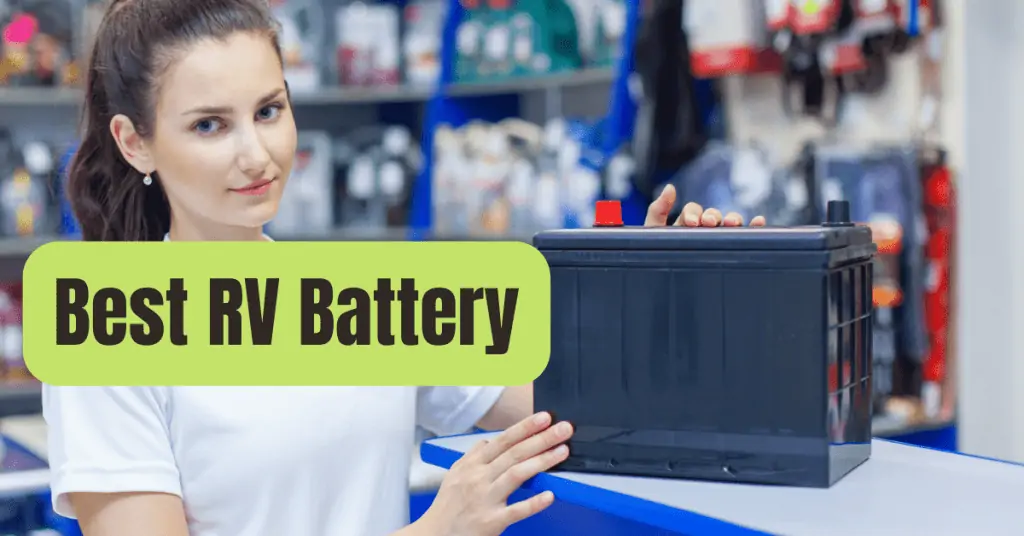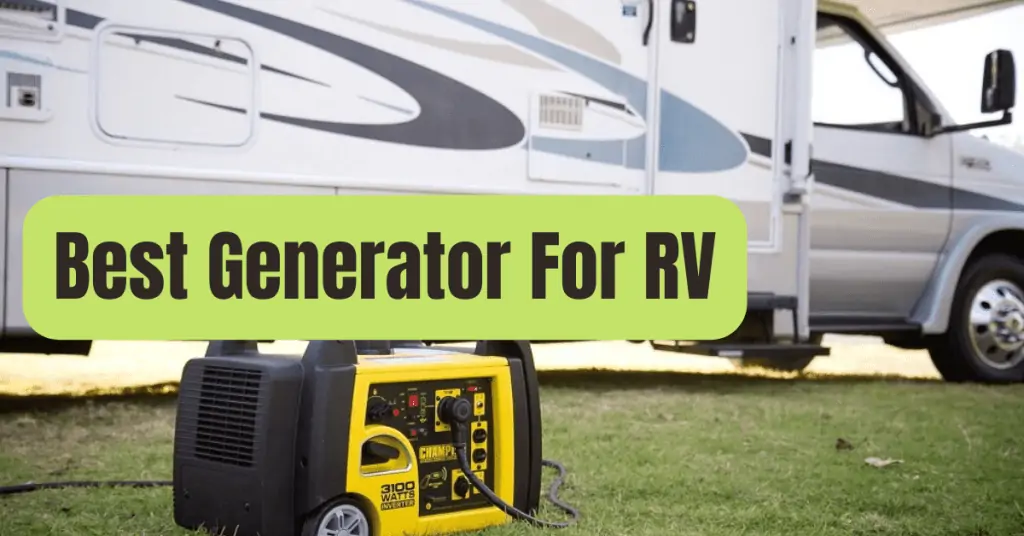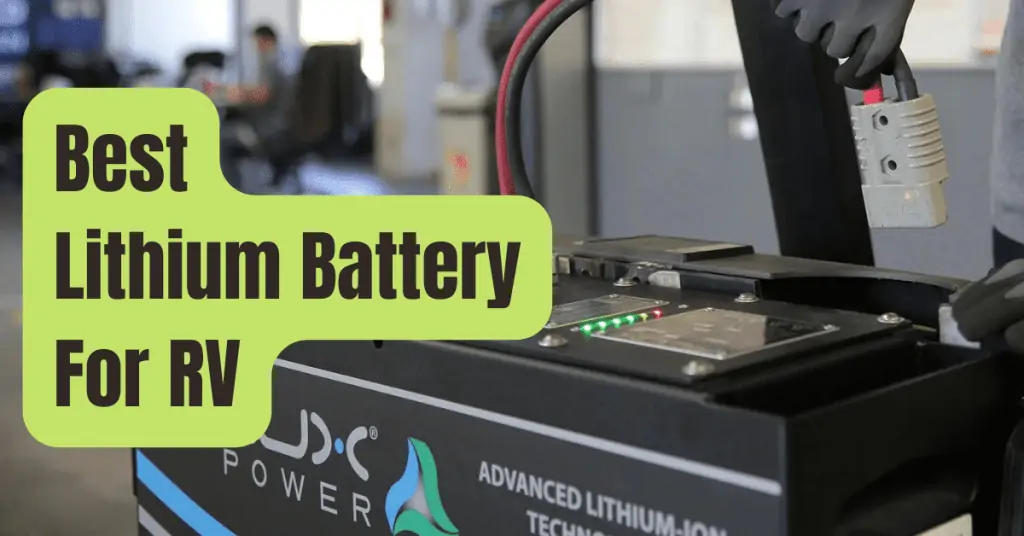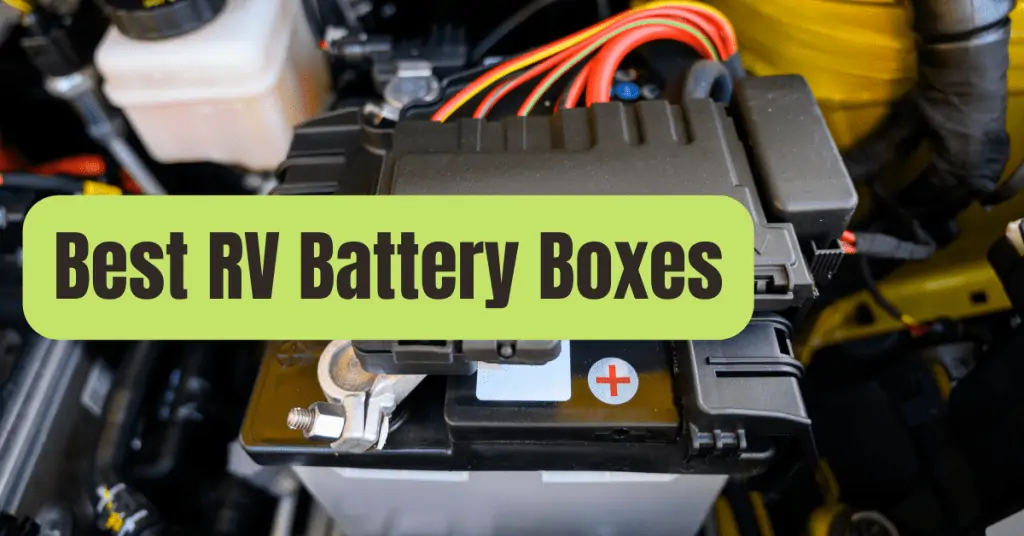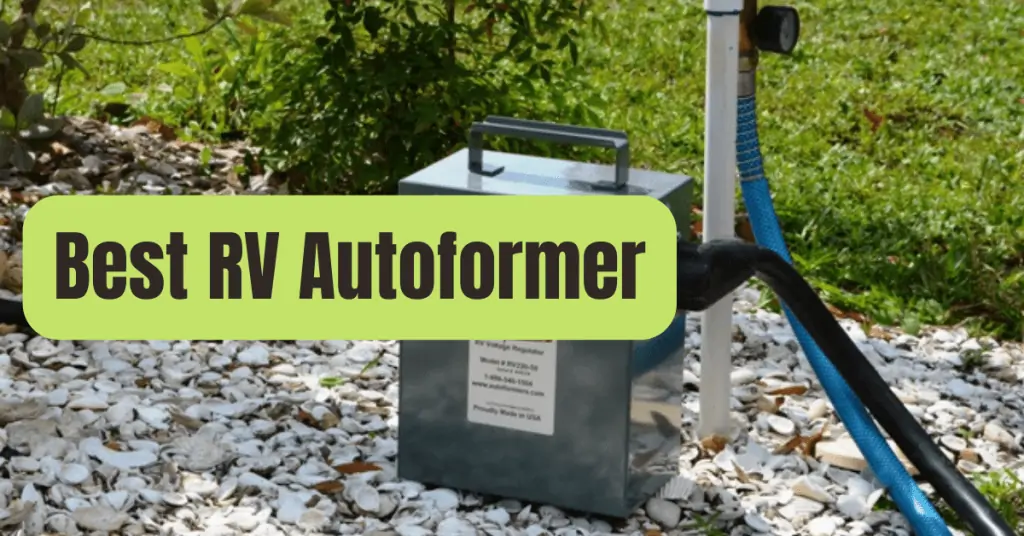The one thing that all inverters have in common is that they change direct current (DC) power into alternating current (AC) electricity.
Consumers have a vast selection of brands and alternatives these days, and the best pick for you will depend on how you want to use it.
#1. Modular Inverters
Smaller inverters are available for portable power requirements, with sizes ranging from around 100 to 2,000 Watts for RV/marine usage or other small off-grid applications like a tool shed or barn.
These portable inverters are used to convert DC power from a battery that is either charged by your vehicle’s motor or a freestanding producing source like solar panels, tiny wind turbines, or an engine-generator in places without access to grid electricity.
Choose a seaworthy inverter if you want to use it on a boat since they are designed to endure rough weather and corrosion from exposure to salt water.
You may pick between pure sine wave inverters and what are referred to as square-wave or modified square-wave inverters, depending on the sorts of appliances you will be using and how sensitive they are.
Because they execute fewer complex power conversions, modified square-wave inverters are less expensive than pure sine-wave inverters and produce output voltage changes that are more choppy.
Modified square-wave inverters operate motors hotter and use 30% more energy when using appliances with motors (such as refrigerators, drills, fans, etc.) than if you used a pure sine-wave inverter.
It’s similar to driving a vehicle with square wheels as opposed to circular ones.
Although it will be driving much less smoothly and effectively, the automobile will still go ahead.
A bad waveform may cause overheating, damage to the device, or even a total breakdown in several appliances and gadgets, including motors, TVs, laptops, and battery chargers for cordless tools.
Inverter noise in electronics including radios, TVs, stereos, and tiny fluorescent lights is another possible issue.
To avoid restrictions later if they wish to use their inverter for another device, most users find that the little price difference makes it beneficial to get a pure sine-wave inverter up front.
Your planned usage of certain equipment or appliances, known as the “load,” will determine the size of your portable inverter.
You must be aware of the number of continuous Watts your tools need to operate, the number of tools you want to use simultaneously, and the amount of power draw they have when initially starting up, especially with certain bigger motors like power saws.
The “nameplate” for each tool often contains this information.
The information will be provided on the nameplate rating either in Watts or in volts and amps.
The amount of Watts is often calculated by multiplying the volts by the amps (V x A = W).
Consult the tool’s manufacturer’s specs, measure with an ammeter, or “estimate” it by multiplying the continuous Watts by three (although the surge can sometimes be as much as seven times).
#2. Personalized Inverters
Currently, household energy systems account for the majority of inverters sold on the global market.
Inverters were first developed for off-grid, off-remote usage in areas without access to commercial power.
However, the majority of inverters used today in developed nations are for on-grid applications, where utility feed-ins or interties enable the production and distribution of clean, renewable energy into the larger public utility systems, replacing some of the energy formerly provided by burning coal and oil or operating nuclear reactors.
On-grid and off-grid inverters fulfill quite different kinds of demands.
With and without battery backup are the two other types that make up on-grid inverters.
The kind of inverter you need depends on whether utility service is offered at your area, and if it is, how dependable it is in relation to your demands.
#3. Decentralized Inverters
The early inverters, although archaic, offered the greatest comfort and contemporary amenities for living in remote wilderness areas away from civilization.
Off-grid systems are more common in nations with a less established national utility infrastructure, even if this market still exists to a small level in the United States.
No matter where you live, if your property is off the grid, it’s probable that installing your own off-grid solar power system will be far less expensive than bringing in the utility even a short distance.
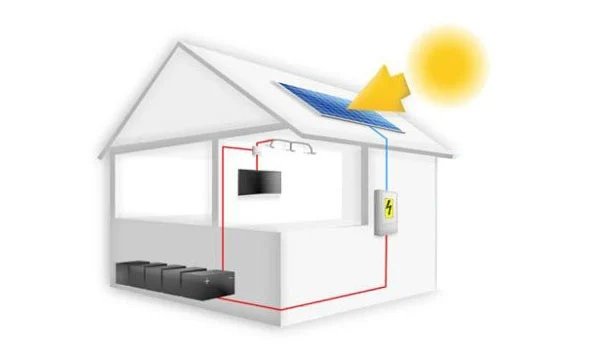
An off-grid solar power system’s basic diagram
Off-grid inverters are far more advanced now, with the ability to coordinate battery maintenance and charging schedules and automatically switch on backup power, making these systems less complicated to manage, simpler to operate, and worry-free.
As with portable systems, cheaper inverters are available for off-grid residences, but apart from the most basic cabin or distant application systems, the price difference scarcely makes up for putting up with the inconveniences and deficiencies.
Accurately assessing your electricity loads and use patterns can help you choose the ideal inverter for your off-grid setup.
To ensure that your whole system is scaled properly and operates without interruption, you must do this evaluation thoroughly and honestly with yourself.
Your “peak load” requirements—all the AC loads that might be switched on at once—determine the amount of inverter you need.
Because decreasing your loads may result in significant savings in the size of your system and the number of hours your backup generator may need to operate, you may discover that you need to tackle your load calculation process more than once throughout the design stages.
Another aspect of a home energy system to pay close attention to is inverter efficiency.
Inverters are often most effective when used at or close to their maximum output, for instance, a 1,500W inverter powering a load that is close to 1,500W.
However, your inverter will often be operating a variety of loads, generally below its maximum capability.
Therefore, choose an inverter with good efficiency over a wider variety of loads.
The inverter should be matched to the system’s input voltage, which is often 12, 24, or 48 volts, as well as the output AC voltage, which should be 120 or 240 volts AC to match the loads.
Gather manufacturer’s specification documents, thoroughly review them, and consult experts about any queries you may have.
#4. No Battery Backup, On-Grid
The easiest and least costly choice for residential energy systems is the utility-intertied system without battery backup.
This system just needs a grid-tie inverter linked to your home’s main electrical panel, a few solar-electric modules, and maybe a separate meter or disconnect button, depending on the needs of the local utility.
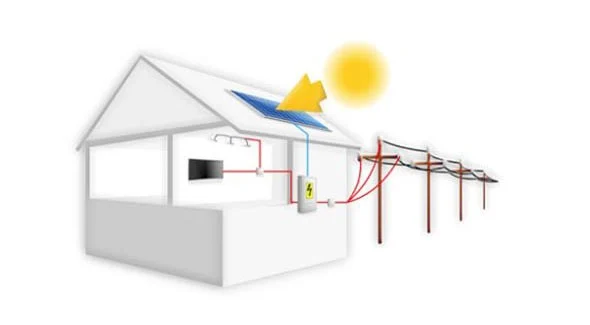
Typical grid-connected solar power system schematic without a battery backup
If “net metering” is available where you live, the inverter transfers any extra solar power your house produces into the grid, and the utility credits your account for the surplus.
The utility meets your home’s energy demands when your system isn’t generating power, as at night.
While delivering renewable energy to the country’s electrical system, net metering enables you to lower your monthly power cost.
Most US states now have net metering regulations in place.
Even in jurisdictions where the practice is permitted by law, certain small electric co-ops and municipal utility districts would not be obligated to take part.
Therefore, before choosing this kind of system, verify the laws in your state and then inquire about the requirements with your utility.
In addition to the present federal tax credits, several states now provide incentives like as tax credits and may even provide refunds for systems that qualify.
(Some utilities offer unique incentive schemes as well.) Through our own solar rebates and incentives page, the DSIRE website, or by getting in touch with your state’s department of energy and your local utility provider, you may learn more about the options accessible to you, the conditions you must satisfy, and how to apply for your return.
It is simple to choose the appropriate size inverter for a straight grid-tie system since it depends on how much production will be passing through the inverter.
According to the nameplate on your solar array, you must first be aware of its overall Wattage.
The output under Standard Test Conditions was measured to get the rated Watts (STC).
A 77 degree Fahrenheit ambient temperature and ideal weather are used for the tests.
You must factor in the fact that your solar panels won’t always be in optimal circumstances when doing your estimates.
Warmer temperatures de-rate the output statistics while colder temps increase the panels’ performance above the STC ratings.
In order to choose the appropriate inverter for your size system, you may use our online DIY solar calculators and tools, which will help you understand how to take into consideration the unique elements of your region.
Inverter efficiency and dependability are the most important elements to take into account when deciding between inverter manufacturers for an on-grid application without battery backup.
The majority of inverters available today have an efficiency rating of more than 90%.
Since this sort of system depends on the inverter being able to detect the existence of the utility and properly match its frequency in order to function, its biggest drawback is that if there is a power outage, your system will shut down.
Use a system with battery backup power if you are concerned about power outages.
#5. With Battery Backup and On-Grid
On-grid systems may be set up with a hybrid inverter and a battery backup system.
Before deciding on a battery backup system, be aware that they come with a price premium and often worse efficiency.
Instead, consider your backup power requirements objectively.
First, consider how often and for how long the utility power has been off in the last five years or so.
You should definitely consider adding battery backup to your system if you reside in a region that has regular power outages that last more than a few hours or a day and are caused by a tornado or hurricane.
This is unquestionably the system for you if your house has important loads, such as medically essential health equipment, or if you have elderly or feeble residents who wouldn’t be able to survive a power loss in very hot or cold weather.
Or maybe you run a home company that requires constant electricity to remain successful, or your neighborhood often has rolling blackouts that cause havoc with the loss of your computer information.
Most battery backup systems are set up to just activate one or two circuits, which won’t be able to power your essential loads for more than a few days or a week during a blackout.
When utility power is available, this kind of system utilizes it; it only switches the loads to the battery in an emergency.
The loads are switched back to the utility when the service is restored, and the inverter’s battery charger normally uses the grid to replenish the batteries.
The capacity of your power generation system (solar, wind, or hydroelectric) and the level of system operation and maintenance convenience you demand, as well as simplicity of installation, will determine which hybrid inverter is best for this sort of system.
Along with inverter efficiency ratings, warranties, service dependability, and manufacturing reputation are other significant considerations to take into account in addition to pricing.
#6. Expanded Systems
Several inverters may be “stacked” (connected in a daisy-chain fashion) to power extremely large systems appropriate for industrial purposes.
Additionally, work has been done on developing mini-grid systems, which would enable a small group of off-grid residences to share power generation and battery storage capabilities.
If this is something you want to learn more about, give us a call.

